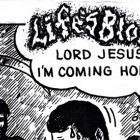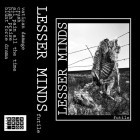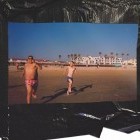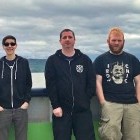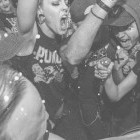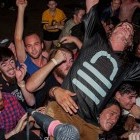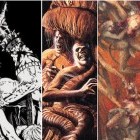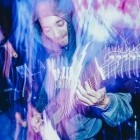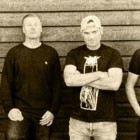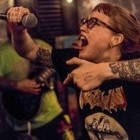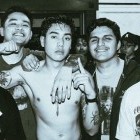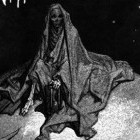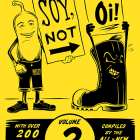
Modern day Peru is gripped in the midst of a contested Presidential election, with parallels to America's current electoral process. One of the main candidates seeking Peru's highest office happens to be the daughter of jailed ex-president Alberto Fujimori, who led the country during the tumultuous decade of the 1990s. Depending on who you talk to, his period in office was marked by scandals involving corruption and human rights violations; or on the flip side, he's credited with ending a Marxist guerilla insurgency and restoring economic stability.
Whichever view you subscribe to must take into consideration the gruesome day-to-day reality for citizens in the capital of Lima and the surrounding provinces: car bombs exploding on a daily basis, frequent power/electricity outages, political assassinations, out-of-control inflation, and terrorists versus the military. In short, it proved to be a recipe that begat catastrophic consequences on a national scale. Underground musicians in the punk and hardcore "Rock Subterráneo" scene responded in kind by making politically-charged music that reflected their circumstances, but as the 1990s started, a new and sonically abrasive sound started to coalesce.
The new scene drew influences from grindcore pioneers like Napalm Death, Australian noise purveyors Seven Minutes of Nausea, and homegrown '80s industrial techno artists like Disidentes and T de Cobre. This new atonal, industrial noise movement eschewed the traditional musicians in a band setup, opting for individual practitioners with occasional collaborators—reflecting an iconoclastic D.I.Y. spirit. As befitting, none of the following musical projects ever played live. Their sonic expressions—constructed from feedback, static, power tools, and distorted electronics—placed a strong emphasis on an individual and solitary transmission.
Lima-based label Buh Records has done an extraordinary job in compiling the prime movers from this under-the-radar scene. The recently released compilation, Visiones de la Catástrofe: Documentos del Noise Industrial en Perú (1990 - 1995), is a vital document showcasing a unique Latin American interpretation of dissident noise and apocalyptic aesthetics. The following is a short blurb on some of the featured artists from the compilation—plus like-minded groups from that era—and a documentary from a couple of years ago that chronicles this movement. You can stream/download the full album here.
Distorsion Desiquilibrada
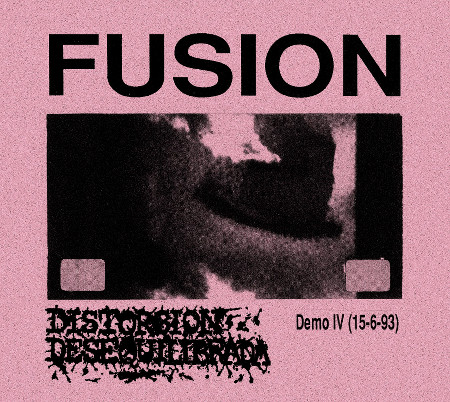
This noise project was started in 1991 by Alvaro Portes, who's now a renowned Political cartoonist. Earlier efforts sought to break away from the rock 'n' roll tradition into atmospheric collages using feedback and distortion à la German noise terrorists Einstürzende Neubauten. Later recordings broke away from the grindcore and industrial influence and moved into fluid avant-garde territory, reflecting the rich history in Peruvian intellectual circles of these atypical sounds.
Esperpento
Esperpento was an industrial noise project founded in 1990, sharing members with like-minded outfit Audición Irritable and grindcore band Atrofia Cerebral. If one removes the vocals and stylistic tendencies found in such abrasive genres as black metal and grindcore, what's left is the aural cacophony found in the spaces between—a world groups like Esperpento inhabit, secure in the knowledge that the context for their noise is a thousand times more terrifying than those fickle subgenres could ever hope to be.
Insensibilidad Enérgica
Cascading waves of musical destruction are the hallmarks of this pioneering noisecore band that started out as Unidad de Ruido, or Unity of Noise. They released several demos filled with short bursts of mayhem that split the difference between all-out auditory assaults and disembodied grindcore vocal stylings.
SEE ALSO: '70s Peruvian Psychedelic Rock Primer
Atrofia Cerebral
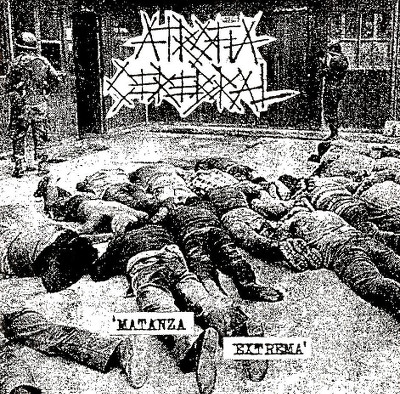
Atrofia Cerebral was arguably one of the first noisecore bands in Peru—featuring ex-members of extreme noise-grind outfits Leviathan and Yog-Sogoth—taking the influence of the early Earache grindcore stable to industrial levels of insanity, all the while reflecting the political reality in the country at that time. The cover of their Matanza Extrema demo (1989) is an infamous image of dead prisoners at a 1986 prison revolt. All together 300 accused terrorists and their sympathizers were systematically slaughtered by the armed forces.
Audición Irritable
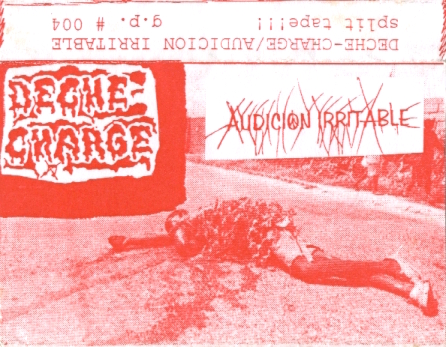
This aptly titled piece, "In the Fight for Melodic Destruction," serves as a manifesto for the Lima noise scene and all who would attempt to completely obliterate the preceding centuries of conventional music theory. The same members of Audición Irritable also played in Esperpento and Atrofia Cerebral.
Mierda Humana
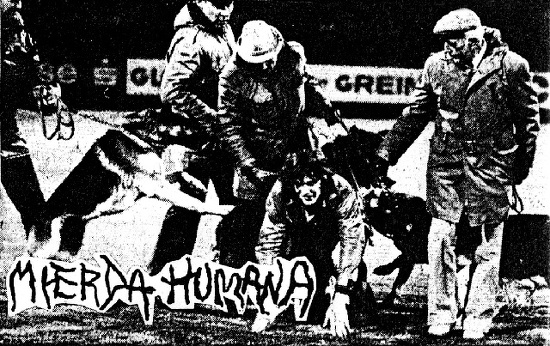
Mierda Humana was a unique, vocals-only project formed in 1990 with members of Esperpento and Audición Irritable. This duo used the full range of the human voice to express nihilistic tendencies as a vociferous protest to what they saw as the human condition: "mierda humana," or "human shit." Screams, guttural sounds, shouting... all are means towards this end. They have periodically reformed—incorporating drums, guitar, and other instruments into their uninhibited assault on the senses.
SEE ALSO: Peru's Heavy Metal Warriors of the '80s
Ruido Vulgar: Extremos Sonoros en Lima
Buh Records head honcho Luis Alvarado produced and directed this 2011 documentary—an extensive look at the Lima noise scene from its '80s roots to the '90s, and its legacy throughout the '00s. The secret history of this movement is told through the eyes of 20 of its participants, echoing their main point of view: the collected works of sound reflect the culture of a city that is—to many—pure noise. The trailer above is a teaser for the full documentary, to be uploaded on YouTube (with English subtitles) sometime in the near future.
Follow Buh Records on Facebook for more information on the documentary and this overlooked musical movement.

